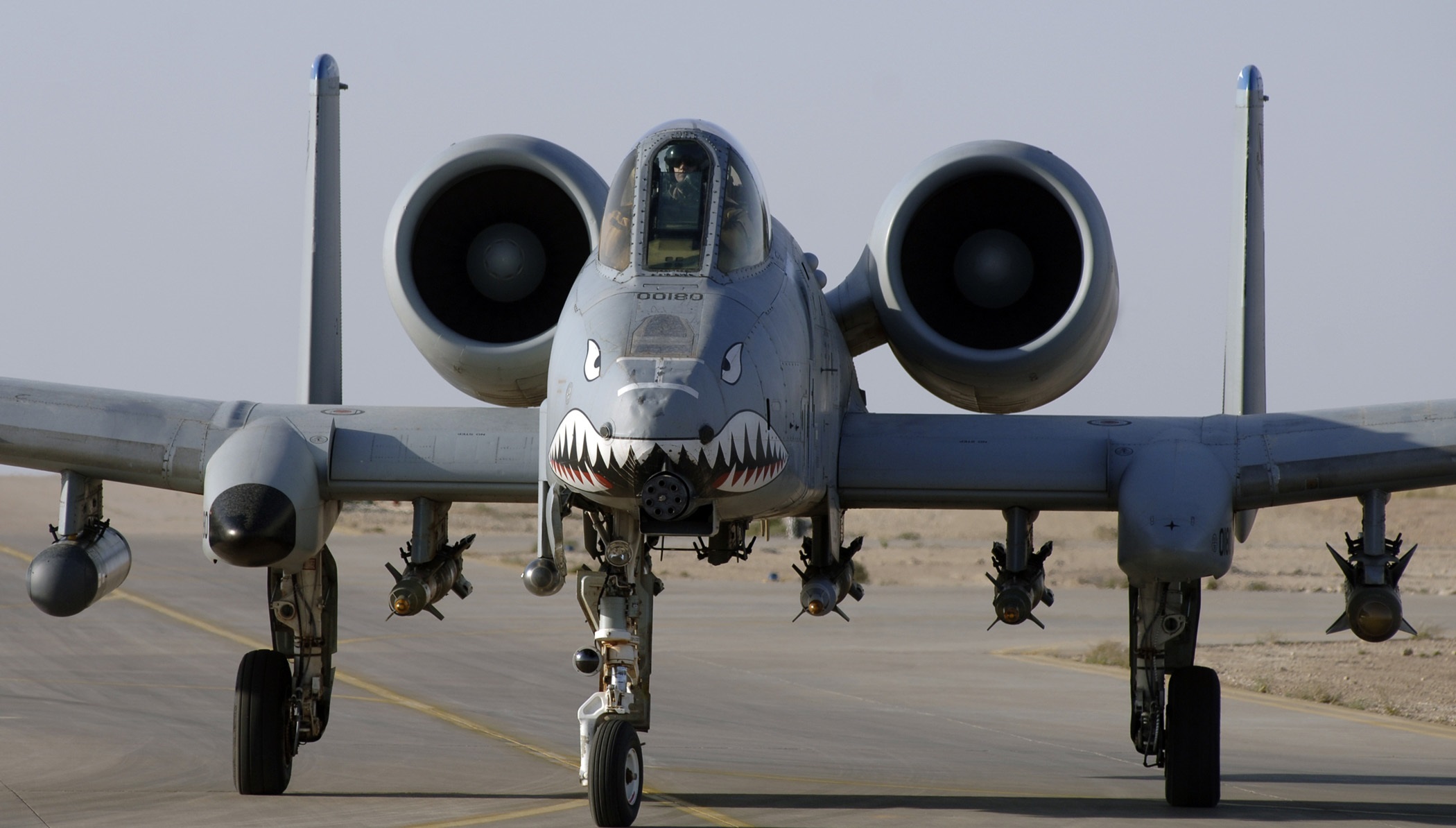The A-10 Warthog's Retirement: Is It Too Soon?

Summary: The U.S. Air Force is set to begin retiring the A-10 Warthog, sparking debate about whether this decision is premature. Known for its unparalleled close air support capabilities, the A-10 has been a reliable asset for decades.

-Despite the shift in focus to the Indo-Pacific and concerns about the A-10's survivability against modern air defenses, defenders argue that no other aircraft can match its performance in close air support. Developed during the Cold War, the A-10 was designed for a specific mission: to destroy Soviet tanks.
-Its ability to fly low, take immense damage, and deliver devastating firepower makes its retirement controversial.
Debate Over A-10 Warthog Retirement: A Close Air Support Dilemma
Should the A-10 Warthog be retired? The debate had persisted for over a decade, leaving the aircraft in administrative purgatory. Now, finally, the U.S. Air Force is set to begin retiring the A-10 gradually over the next several years.
Still, defenders of the A-10 platform argue the retirement is premature. The A-10 has unique close air support capabilities that other airframes will not be able to reproduce.
Retiring the A-10
Debate over the A-10 has dragged on through multiple presidential administrations, with the Air Force and Congress disagreeing over the jet’s future. Prompting the decision is the American shift in focus from the Middle East to the Indo-Pacific. The U.S. is wary of China and its modern air defense systems, against which the non-stealth A-10 might struggle to survive and contribute.

But the A-10’s close air support performance is in fact unmatched in aviation history, and the Air Force will be unable to replace this capability in the foreseeable future.
Close Air Support
The A-10 was funded and developed at a time when the U.S. was engaged in a bipolar rivalry with the Soviet Union. The spirit of the moment inspired Congress to fund a wide variety of airframes that each performed a very specific function.
Cost was less of an issue than it is today. Now, government wants airframes like the F/A-18 and the F-35 that can perform a variety of functions. During the Cold War, however, aerospace designers had the leeway to create airframes that followed the GMC mantra: Do one thing, do it well. The result was a wide spread of aircraft that were inefficient but highly effective at the one thing they were designed to do. Examples include the SR-71, which was built exclusively to perform reconnaissance. The F-15A-D was built for air superiority, and the A-6 for all-weather/night-time bombing. And of course, the A-10 was designed to provide close air support.
The Warthog, built by Fairchild Republic, is a highly modified version of the Douglas A-1 Skyraider, which is best remembered as the last propeller-driven fighter/bomber that the U.S. ever used.

While the A-10 used the A-1 as a starting point, the two aircraft are very different. Most notably, the A-10 ditches the propeller in favor of two jet engines. These are set above the wings to offer a layer of protection between the engines and enemy fire. The A-10 also features two vertical stabilizers, whereas the A-1 had just one. The A-10 was built around a Gatling gun. And what a gun it is.
The Gatling Gun on the A-10
Keys to the A-10’s close air support include its ability to fly low and slow and to take immense damage. But most striking of all is its massive, massive gun running roughly down the center of the fuselage.
The A-10 features a 30 x 173mm GAU-8/A Avenger autocannon, which is really just a Gatling gun. The GAU-8 is a hydraulically driven seven-barrel rotary cannon with a fascinatingly high rate of fire up to 4,200 rounds per minute, or 70 rounds per second. Each of those rounds is the size of a Coke can, so when the GAU-8 shoots something, be that a tank, an armored vehicle, or a fortified position, that something is typically destroyed.
The GAU-8 was designed specifically to take out Soviet tanks in the open plains of Eastern Europe. Of course when the Cold War ended, the A-10 was no longer needed for that purpose. But a new opportunity emerged in the Middle East, where the A-10 was used on multiple occasions to destroy Iraqi tanks. While nation-building ventures in Iraq and Afghanistan were strategically harmful to U.S. interests, the conflicts did provide a theater within which the A-10 could prove its mettle. The Warthog’s air support was heavily relied upon. The aircraft could deliver immense punishment, and it could absorb immense punishment. Several instances of A-10s remaining airborne despite suffering significant damage ensured the Warthog’s reputation as an aircraft that troops on the ground could trust.
This is why the A-10’s retirement is being met with some resistance from within the military, which insists the Warthog is the only airframe capable of providing close air support at the standard troops have come to expect.
About the Author: Harrison Kass
Harrison Kass is a defense writer and national security expert having penned over 1,000 articles on such issues. An attorney, pilot, guitarist, and minor pro hockey player, Harrison joined the US Air Force as a Pilot Trainee but was medically discharged. Harrison holds a BA from Lake Forest College, a JD from the University of Oregon, and an MA from New York University. Harrison listens to Dokken.
All images are Creative Commons. The main image is from Shutterstock.
